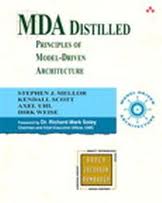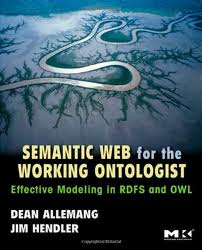 MDA Distilled is going to provide an excellent understanding on the ideas and possible ways of properly implementing MDA.
MDA Distilled is going to provide an excellent understanding on the ideas and possible ways of properly implementing MDA.
The book is easy to read and very clear on describing the MDA concepts and what can be achieved.
PMDA implements a Parametric MDA approach and the main difference from the PMDA approach and the Book’s MDA approach, is that the book uses UML where, PMDA provides an alternative language for each MDA viewpoint, which are:
Continue reading MDA Distilled – Stephen J. Mellor, Kendall Scott, Axel Uhl, Dirk Weise Review

 This book is a piece of art and it will give you a clear path on how to use the
This book is a piece of art and it will give you a clear path on how to use the